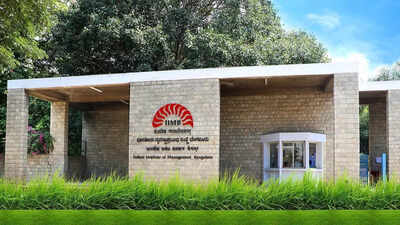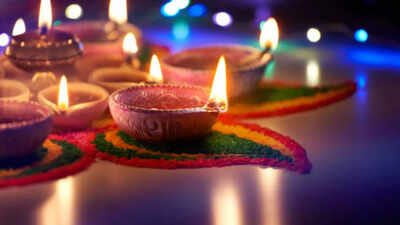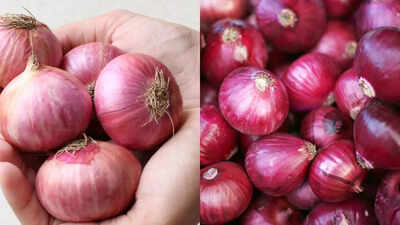It’s Bhoot Chaturdashi today: India’s own Halloween, where spirits come alive
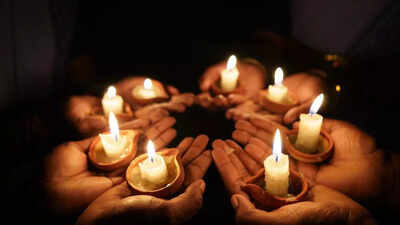
As India prepares for Diwali– the festival of lights, joy, and togetherness– another important day marks the start of the celebrations: Narak Chaturdashi. It is called Choti Diwali in many parts of India and Bhoot Chaturdashi in Bengal.This day comes just one day before Diwali and is meant for cleansing and renewal. People believe it helps remove negativity and darkness before welcoming light and happiness. Families wake up early for a holy bath called Abhyang Snan, clean their homes, light diyas, and make sweets– all to bring in peace and good energy.According to old legends, this day celebrates Lord Krishna’s victory over the demon Narakasura, symbolizing the victory of good over evil– the same message Diwali carries. In southern India, Narak Chaturdashi is celebrated along with Diwali, while in Bengal, it is known as Bhoot Chaturdashi, a night to honour and remember ancestors.When Narak Chaturdashi 2025 is observed in 2025Narak Chaturdashi is observed according to specific lunar timings, which are considered most auspicious for performing the day’s rituals. According to a report by The Times of India, here are the key timings:
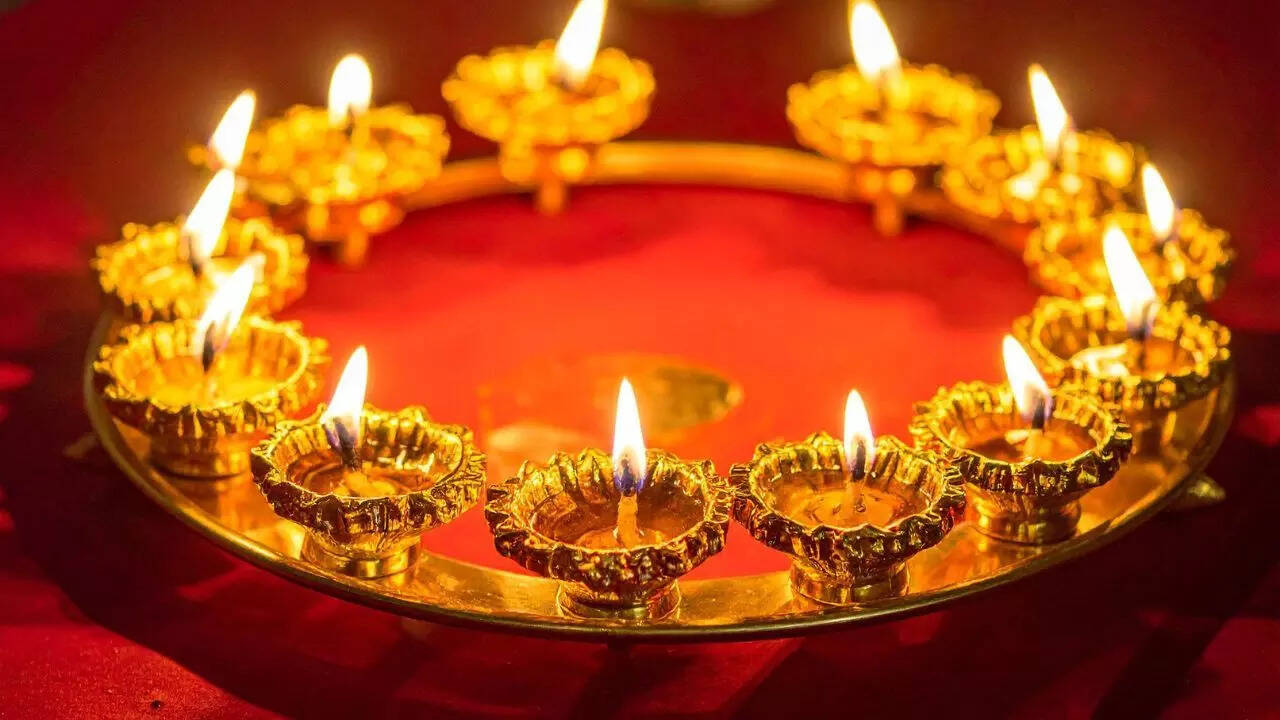
Chaturdashi Tithi Begins – October 19, 2025 – 2025 01:51 PMChaturdashi Tithi Ends – October 20, 2025 – 03:44 PMAbhyang Snan Muhurat – October 20, 2025 – 05:12 AM to 06:25 AMKrishna Dashami Moonrise at Abhyang Snan – October 20, 2025 – 05:12 AMSignificance of Narak ChaturdashiNarak Chaturdashi, also called Choti Diwali in many places, celebrates the victory of light over darkness and good over evil. According to Hindu mythology, Lord Krishna and his wife Satyabhama defeated the demon Narakasura, who had caused fear and trouble. Their victory brought peace and righteousness, leading to the joy and brightness of Diwali. In southern states like Tamil Nadu, Karnataka, and Goa, Narak Chaturdashi is celebrated on the same day as Diwali, combining prayer and festivity.

Rituals and traditionsThe day is celebrated at home with simple and devotional rituals. Idols of Lord Krishna or Laddoo Gopal are given a holy bath called panchamrit, made of milk, curd, honey, ghee, and sugar, and offered tulsi leaves, halwa, kheer, and dried fruits.In the evening, families light eleven clay lamps around their homes to drive away darkness and negativity. The flickering diyas symbolize purity, peace, and spiritual awakening, preparing everyone for the festival of Diwali.Bhoot Chaturdashi in BengalIn Bengal, the night is observed as Bhoot Chaturdashi, just before Kali Puja. While sometimes compared to Halloween, its essence lies in honouring ancestors and guiding spirits.

Homes are lit with fourteen earthen lamps to guide the souls of fourteen generations of ancestors. Families also eat fourteen types of leafy greens, a tradition believed to bring health, purification, and protection. The night is a time to remember departed family members, pay respect, and connect spiritually with the ancestral spirits, acknowledging their guidance and blessings.The spirit of the celebration

Both Narak Chaturdashi and Bhoot Chaturdashi emphasize cleansing, reflection, and connection– not just with the living but also with the spirits of those who came before. As homes glow with lamps across India, the day and night set the tone for Diwali, reminding everyone that true celebration begins from within, with light, gratitude, and spiritual readiness.Images: Canva (for representative purposes only)

